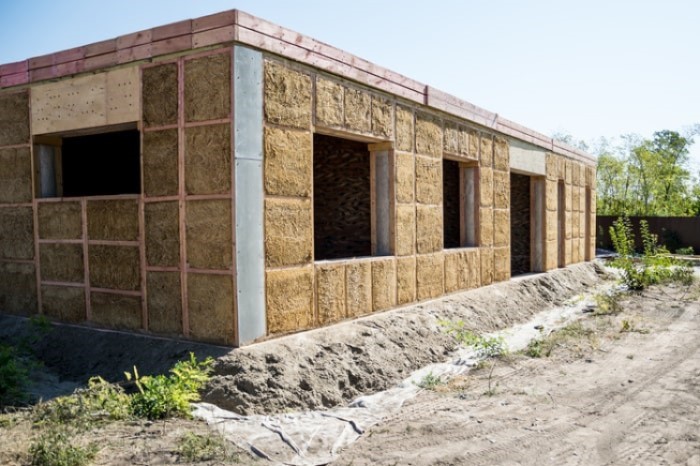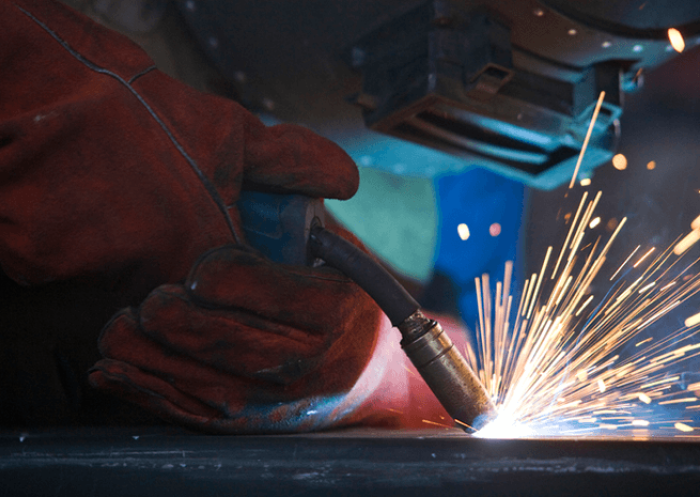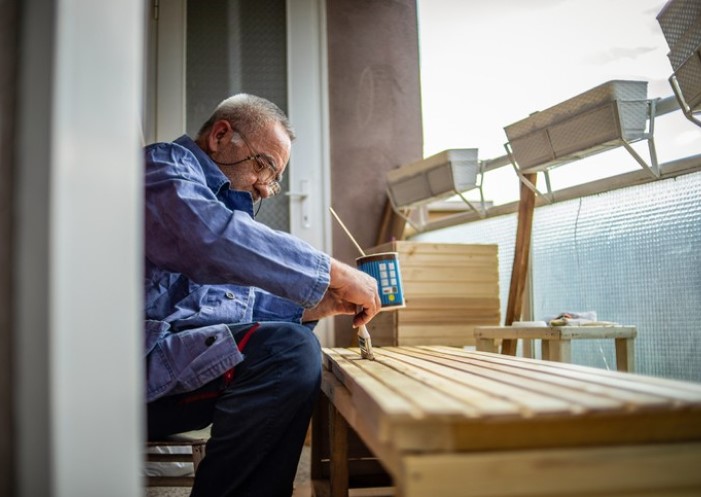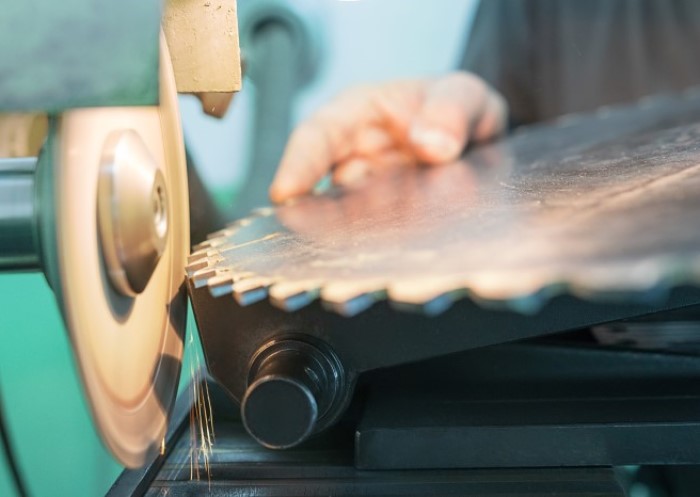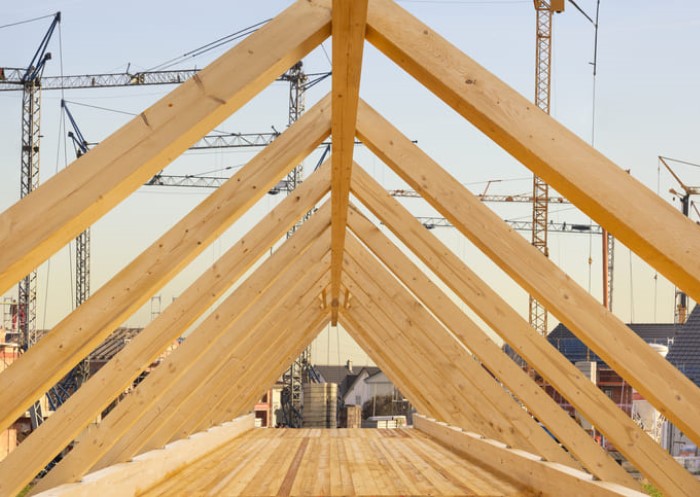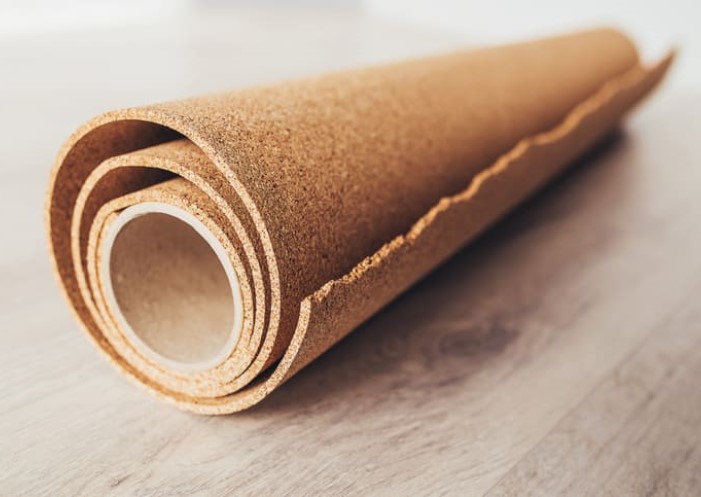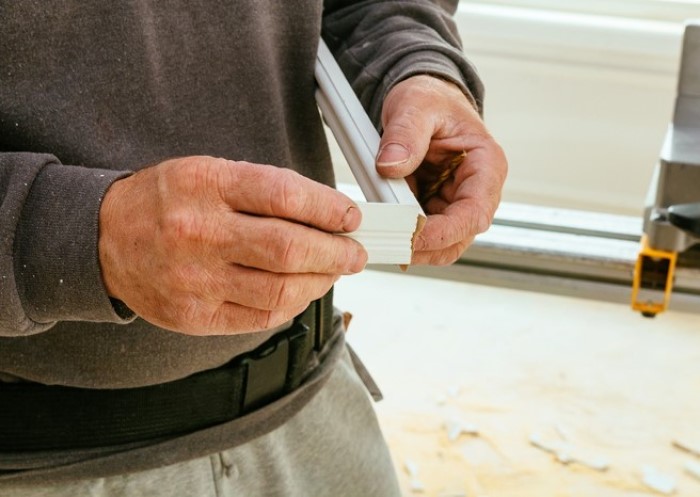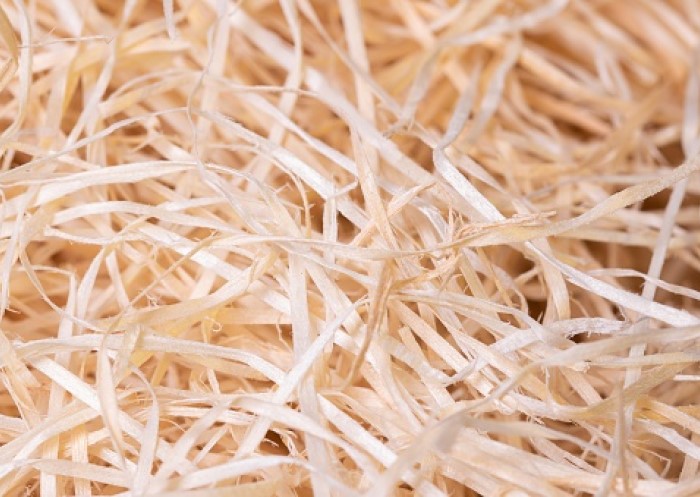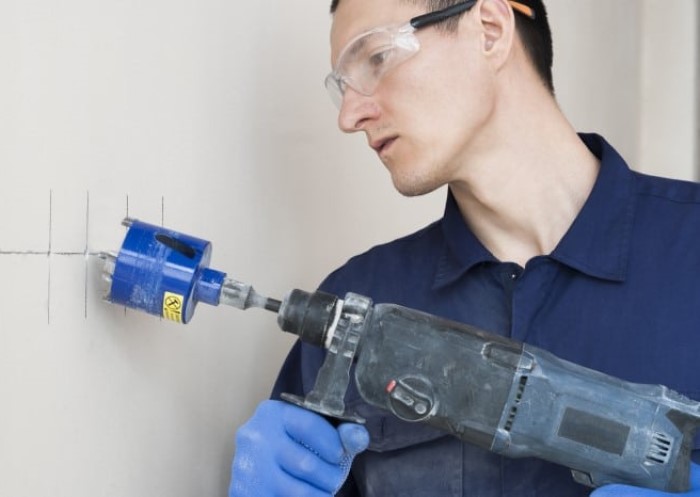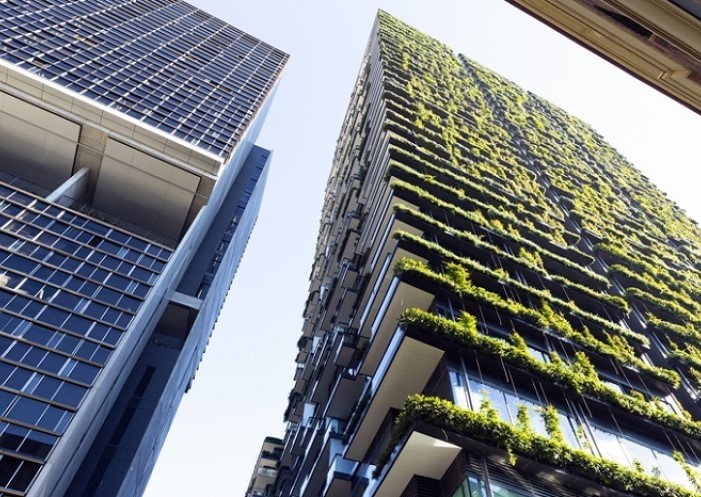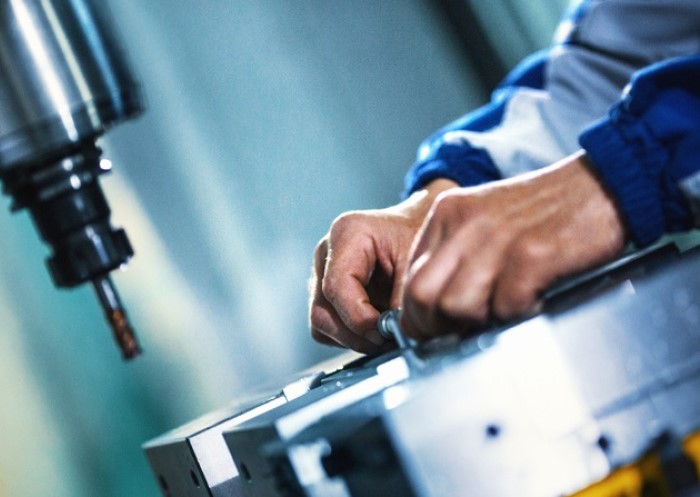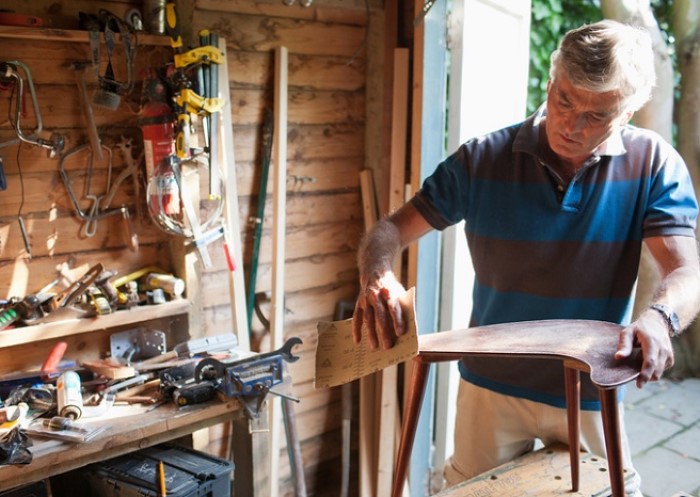Table of contents
Insulation plays a vital role in house construction and can be pivotal in reducing a building’s carbon footprint throughout its lifetime. Choosing high-quality and natural raw materials can also positively contribute to environmental protection from the outset.
Natural insulation materials are in no way inferior to conventional materials and are fast becoming dominant in the construction industry. This guide gives you an overview of the areas of application, properties and costs of different sustainable insulation types.
Benefits of eco-friendly insulation materials
Like other sustainable building materials, natural insulation is characterized by its environmentally friendly nature: materials can be reused, thermally recycled or even composted without negative consequences for either the environment or the health of humans and animals.
- Conserve resources and reduce emissions:
Considerably less energy is used in the production of natural insulation compared to artificial insulation materials. Additionally, most natural materials do not require additional chemical substances to be added. Finally, such environmentally friendly insulation can typically be reused several times, reducing the need for new raw materials to be procured.
- Zero health concerns:
In contrast to many conventional insulation materials, which can have serious health consequences if handled incorrectly or exposed to certain conditions, ecological insulation materials are harmless to both humans and animals. They are also typically suitable for individuals with severe allergies.
- Comfortable indoor climate:
Eco-home insulation is particularly good at absorbing and releasing heat. As a result, they ensure a very comfortable indoor climate for both hot summers and cold winters. Most natural materials are also flame retardant and less susceptible to mould growth, as well as infestation by insects and rodents.
When are natural insulation materials suitable?
Natural materials are suitable for almost all types of insulation, whether that be thermal insulation, sound and impact protection or facade insulation. In fact, natural materials often offer even better insulating properties than artificial insulation materials.
However, you should not use ecological insulation materials for perimeter insulation (areas with low ground clearance which have the potential to come into contact with groundwater). Special insulation, (such as polystyrene sheets) offering greater pressure and water resistance is still required for these areas. For a more environmentally friendly option, you might want to consider using foam glass panels for perimeter insulation.
Ecological insulation: Comparing natural materials
There are many different types of natural insulation, each with its own advantages and drawbacks. Which material is right for your application will depend on the type of insulation, heat protection, and moisture balance you are looking for:
| Insulation material: | Thermal insulation effectiveness | Summer heat protection | Moisture balance |
|---|---|---|---|
| Wood fibre | Good | Very good | Good |
| Sheep wool | Very good | Good | Very good |
| Hemp | Very good | Good | Good |
| Flax | Very good | Good | Good |
| Cork | Average | Good | Good |
| Reed | Average – good | Good | Very good |
| Seaweed | Good | Good | Very good |
| Cellulose | Very good | Good | Good |
| Wood wool | Poor | Good | Mediocre |
| Jute | Very good | Good | Good |
| Straw | Good | Good | Average – good |
The costs of ecological insulation materials at a glance
Conventional insulation materials can cost between £5-10 per sqm on average. One of the drawbacks of eco-materials is they are typically more costly upfront. Those costs are offset by improved performance throughout the insulation’s life cycle, but it is definitely a factor to consider.
In addition to the costs of purchasing the materials, additional costs for transport and install should also be factored in, regardless of insulation type.
| Insulation | Fire protection | Soundproofing | Approximate cost per sqm |
|---|---|---|---|
| Wood fibre | Average | Good | £10-20 |
| Sheep wool | Average | Very good | £25-30 |
| Hemp | Average | Good | £10-15 |
| Flax | Average | Good | £15-20 |
| Cork | Average – good | Very good | £30-35 |
| Reed | Average | Good | £5-20 |
| Seaweed | Average | Good | £25-50 |
| Cellulose | Average | Good | £5-15 |
| Wood wool | Average – good | Good | £10-15 |
| Jute | Average | Poor | £15-20 |
| Straw | Average | Good | £10-15 |
When purchasing eco insulation, look out for the ‘KEYMARK label – a voluntary European certification that shows the quality of goods conforms with European standards, as well as attesting to the validity of manufacturer-provided information. Qualification is carried out by an independent organisation.
Ecological insulation made of wood fibres
Wood as a building material is widely used, but the raw material is also ideal as an insulating material. Insulation materials made from wood fibres offer many beneficial properties and are among the most popular eco materials for cavity wall filling and roof/attic insulation.
Read more about insulation made from wood wool.
Natural insulation with sheep’s wool
Sheep’s wool is a by-product of agriculture that does not need to be grown separately to be used specifically as ecological insulation. The raw material has many positive properties, including exceptional thermal insulation, and can be used in a variety of versatile ways.
Eco insulation made of straw
Straw might be most commonly associated with agriculture these days, but it has also long been used as a traditional and low-cost form of insulation for homes. Straw super-insulates homes, keeping out both the heat and the cold. It typically comes in either straw bales or straw panels for insulation purposes.
Natural insulation made from cork
Cork has particularly good heat and sound insulation properties. Cork is obtained from the bark of the cork oak, native to North Africa. Thus, it is not a domestic raw material, and the long transport routes certainly make it less ecologically viable than local alternatives in the short term. Nevertheless, the material can still be considered sustainable under certain conditions and can also be recycled several times, reducing the need to transport more of the material.
Read more about cork as an insulation material.
FAQs about eco insulation
There are numerous advantages to using natural materials over traditional insulation:
• More environmentally friendly
• Recyclable
• Compostable
• No health concerns
• Suitable for people with allergies
• Do not require chemical additives
• Versatile application
• Impressive insulation properties
• Summer heat protection
• Moisture regulating properties
Except for perimeter insulation, natural materials are suitable for all other forms of insulation. Just make sure you choose the most appropriate material for your conditions and application.
Not all natural insulation materials are completely additive-free: the addition of natural additives ensures that the raw materials are resistant to pests and mould growth, as well as improving flame retardant properties and shelf life. However, unlike conventional chemical additives, natural additives do not carry negative health implications.
The most common natural additives include:
• Sodium borate: Prevents mould growth; used for fire protection; protection against pests.
• Corn starch/potato starch: Acts as a binder and increases the cohesion of natural fibres.
Keymark is a Europe-wide, voluntary quality certification that demonstrates a product is compliant with European standards.
This improves consumer confidence in a company’s product, as well as making it easier to access the European market. Certification is conducted by independent bodies so that customers and stakeholders can be sure that all tests are conducted fairly and impartially.
Image source:
© gettyimages.de – NATALIA NOSOVA, archideaphoto

